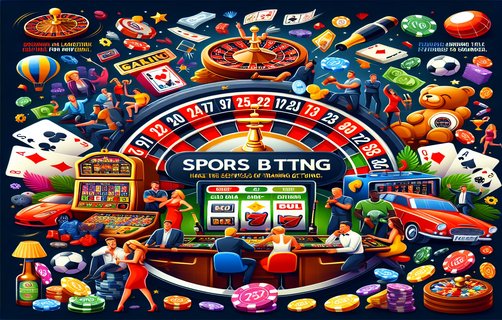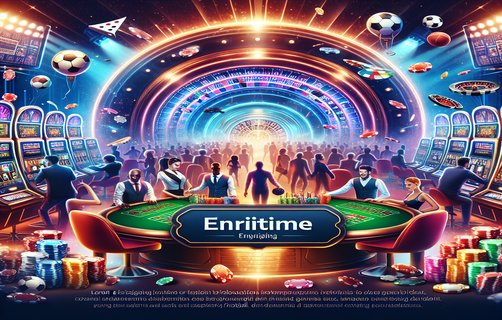Winning Strategies in the Lottery: An Analytical Approach to Modern Gaming
The lottery industry has rapidly evolved over the years, fueled by technological advancements and the changing appetites of players. Understanding the key concepts that drive player engagement and success in this industry requires a detailed analysis of several components. This exploration covers aspects such as loyalty rewards, buy-in strategies, influencer marketing, fold equity, auto-bet options, and balancing bluffs, while also examining the potential for gambling challenges.
Loyalty rewards are foundational to player retention and engagement in the lottery. These programs incentivize players to consistently participate by offering rewards that increase with frequency or amount staked. A detailed process for implementing loyalty rewards may include developing tiers based on the amount spent, creating exclusive offers for top players, and utilizing data analytics to tailor rewards to player preferences. This strategy not only fosters player loyalty but also enhances lifetime value.
Buy-in refers to the mechanism by which players engage with the lottery system. Depending on the desired market segment, the buy-in structure can be adapted to either lower or elevate entry costs. A flexible buy-in approach includes offering multiple entry levels, such as micro-lotteries for casual players and premium options for serious gamblers. Each tier should offer distinctive prizes and experiences to attract diverse player demographics.
Influencer marketing plays a pivotal role in modern lottery strategies. Engaging social media influencers who resonate with similar audiences helps to bolster brand image and reach untapped markets. Creating partnerships with influencers involves crafting tailored promotional campaigns that highlight the excitement of participation while ensuring compliance with regulations governing the lottery industry.
Fold equity, a concept stemming from traditional poker, is relevant in assessing risk versus reward in lottery play. Lottery administrators can create options for players to “fold” or withdraw their participation from draws, similar to cashing out. This creates a psychological framework that allows players to weigh their decision-making against potential wins, increasing their overall investment in the game.
Auto-bet options streamline player participation by allowing automatic entries into lottery draws based on predetermined criteria, such as daily, weekly, or monthly funds. This option ensures consistent player engagement without the need for manual intervention, making it an appealing choice for busy participants.
Effective balancing bluffs in marketing means creating a sense of uncertainty and excitement around lotteries while maintaining trust in the game's integrity. This can involve strategically introducing new games or limited-time offers that play on players’ FOMO (fear of missing out) while keeping existing options stable and reliable.

Lastly, introducing gambling challenges can serve as an innovative engagement tactic. These challenges can encourage players to compete against one another, fostering a community atmosphere that amplifies excitement. Designing challenges can involve tracking participants' activities and setting milestones, with rewards tied to participation rates or achievements within the lottery framework.

In conclusion, understanding these multifaceted strategies provides a comprehensive view of how technological advancements and marketing innovations can reshape player engagement within the lottery sector. By implementing a well-rounded approach that emphasizes loyalty, creativity, and player psychology, lottery operators can significantly enhance both player experience and industry growth.
